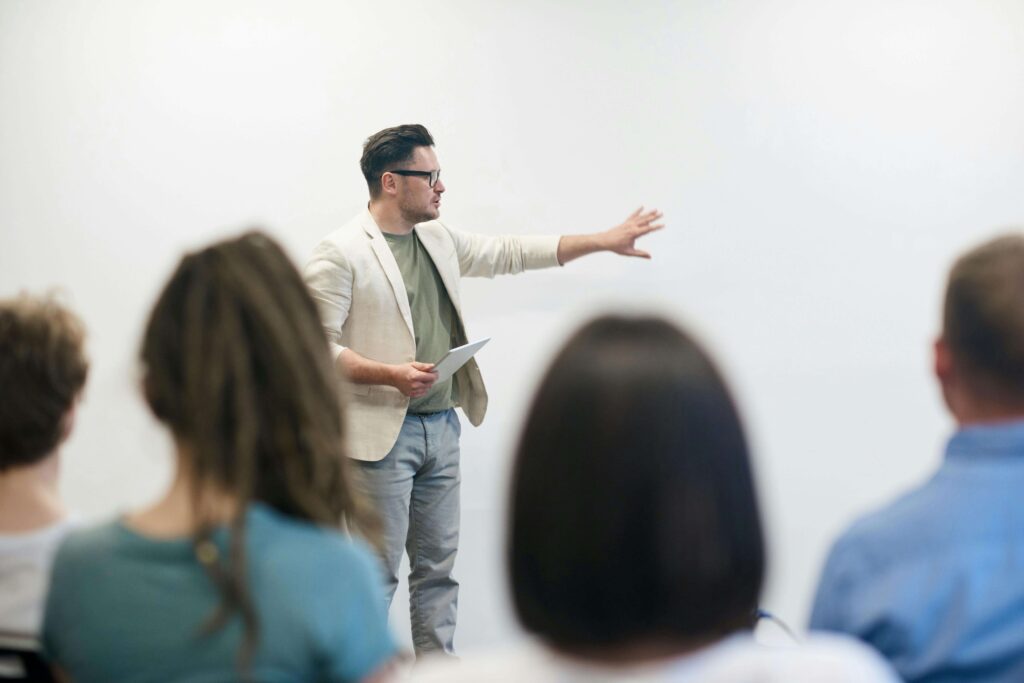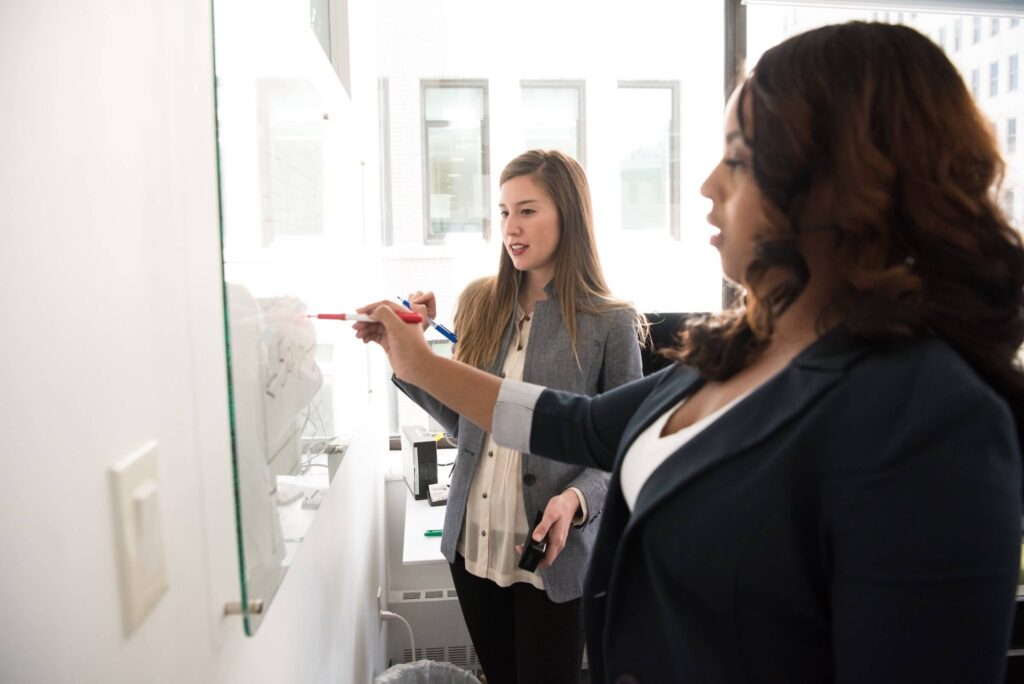Overview
All stories follow a narrative structure. Some are more immediately recognizable than others, but they provide us with an understanding of what the story is about, and why we should continue to listen.
Cruise develops cutting edge hardware and software to transform the way we all experience transportation and was one of the organizations to present their ideas at the August 2020 discussion.
Here, Stuart Collins, learning and development manager at Cruise, explains how learning professionals can use standard story construction to train subject matter experts (SMEs) to share knowledge.
Storytelling & learning
Storytelling primes our brains for learning. Stories help us find meaning in an unfamiliar world and make connections we couldn’t see previously. Many SMEs delivering technical training have a wealth of knowledge to share but lack the skills to communicate the information to their audience.
Training sessions often focus on solving a problem for the company rather than the audience’s needs. As a result, learners don’t leave with the critical information they need.
By understanding how to structure learning skillfully, SMEs can engage their audience and help them grasp crucial information.
Applying standard story construction to learning
When training SMEs to teach, the aim is to move them from confusing their audience to helping them leave with clear, concise, and memorable information that they can apply in the workplace.
The standard story construction can help SMEs create an engaging narrative around a learning topic and simplify the teaching process.
Most stories can be organized into the following four stages, and trainers can apply these to designing a learning experience:
- Set-Up & Goal: so we all know what’s going on. Critical for newcomers, grounding for familiars
- Obstacle: establishes a ‘why should I care’. Needs to resonate in the audience’s world
- Solution: for technical talks, the instructions for students, content or task to be performed
- Resolution: reminder of the goal. Why did we do this? What’s next?
In the context of teaching linear regression – a topic that could easily cause many learners to switch off or become confused – the content could be presented as follows:
- Set Up & Goal: I have a set of data, and I want to summarize my data with an x/y formula, so that I can improve our prediction algorithm
- Obstacle: Obstacle A linear formula might be inappropriate, and result in bad predictions later
- Solution: I test if a linear formula is statistically sound with a hypothesis test. I find the difference between my data and the trendline, plot the difference on a new chart, and check for a normal distribution
- Resolution: I now have confidence that I’ve summarized my data appropriately, and can use it to improve our prediction algorithm
While the subject matter of the learning might determine how much time the trainer spends in a particular stage of the storytelling process, it is still crucial to incorporate all four stages of the cycle in a learning presentation.
For technical training, the focus is on instructions for students, content, or tasks they need to perform. Around five percent of the time would be spent on the resolution, linking the learning back to the goal laid out at the beginning of the session.
Potential roadblocks
Often, those facilitating learning already understand the purpose of the content they are teaching. They might have identified it in a project planning meeting months before delivering learning to their colleagues.
As a result, trainers fail to share the ‘why’ of the learning with the audience, making it difficult for them to engage.
When developing teaching skills, focus on this stage of the story construction with SMEs to help them lay the foundations for engaging their students.







